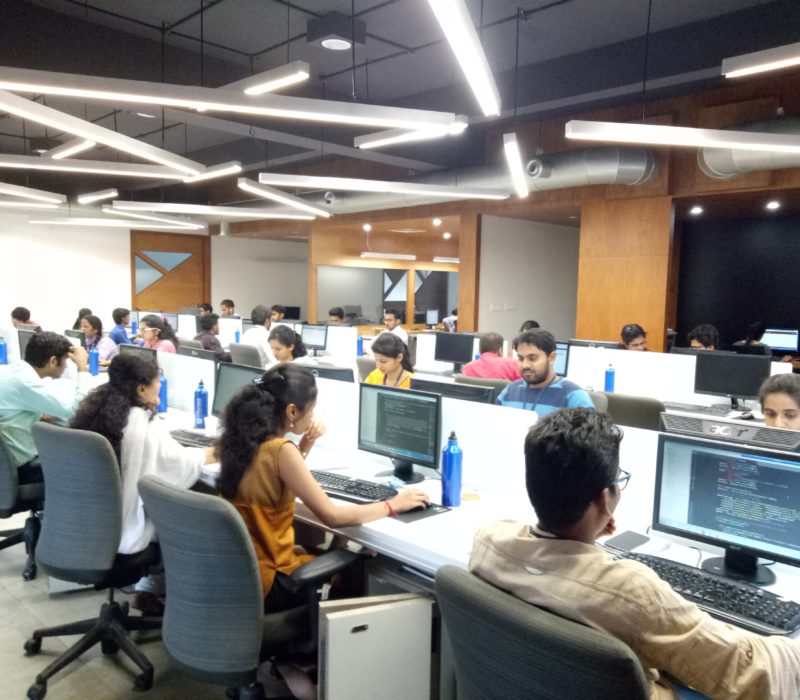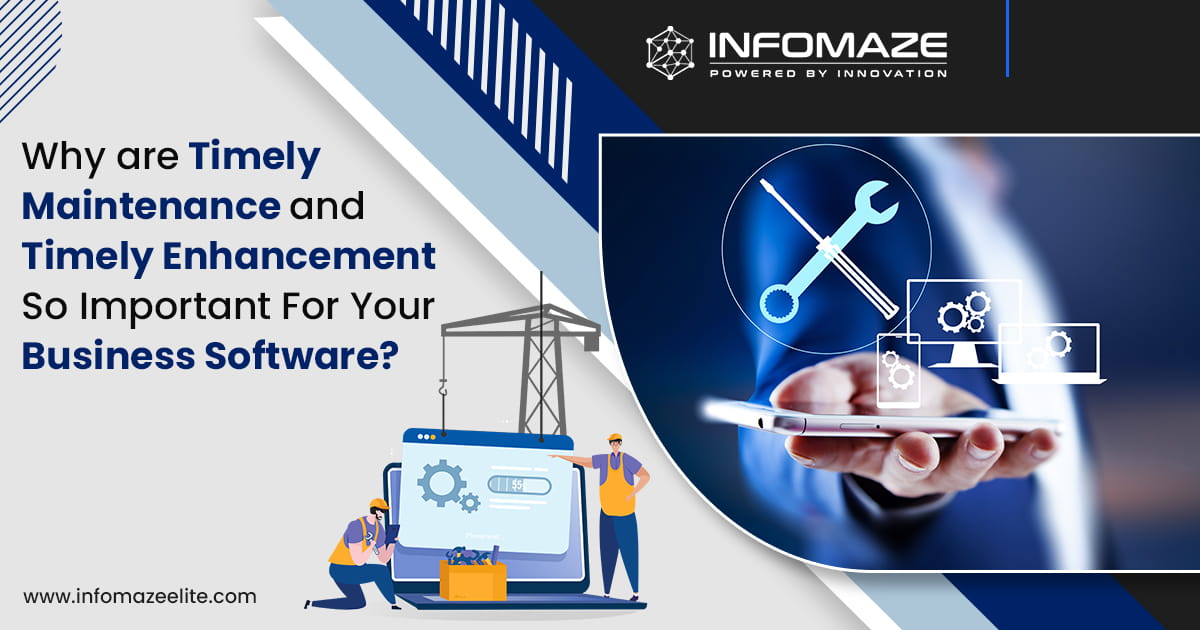Six Ways to Reduce Server Response Time
Every millisecond can make a difference, and optimizing your server for class-leading performance is now more critical. There can be a multitude of reasons why your website is running slow.
Server delays are not always the cause of slow load times, but that doesn’t mean you’re immune from SRT (Server Response Time) impacting your end-user experience. Now is the time to improve server response time if you haven’t yet optimized in this area.
What is Server Response Time, and why is it important?
Server Response Time is the total time it takes for a server to respond to a request from a web browser. Irrespective of optimizing your web pages for speed, your pages will automatically load slower if your server response time is slow. Investing in building a website is a complete waste of time because visitors abandon the site without even viewing it if you don’t reduce server response time.
Research reveals that over 50% of mobile site visits leave a page that takes longer than 3 seconds to load. The more time a page takes to load, the worse it ranks on the SERP (Search Engine Results Page). Server Response Time influences:
- User Experience (UX)
- Search Engine Optimization (SEO)
What is a Good Server Response Time?
According to Google Page Speed insights, the reduced initial Server Response Time (SRT) should be within 200ms. A 100ms speed is considered ideal, and anything beyond 500ms can be problematic. Based on the speed score they achieve; Google categorizes websites into three groups:
- Fast (90-100)
- Average (50-89)
- Slow (0-49)
Google says that more than 50% of the websites online are slow and only 10% are fast, whereas 40% are average. Hence there is much room for improvement, including PHP’s slow response time.
Factors Things That Affect Server Response Time
While discussing why a server response time is sluggish, some vital factors come into play. Including,

Inflated Traffic:
If your server uses more resources, there might be inflated traffic. Whenever the server capacity level passes the threshold level, also called bandwidth limit, users will experience a slower response time. Reduce the initial server response time in WordPress to boost SERP ranking and customer traffic.
Absence of Caching:
Caching is necessary to deliver content faster for visitors; otherwise, users experience waiting periods. A browser must request assets from the external server every period instead of accessing them from an intermediate or local cache to improve server response time.
Bloated Webpages:
If your web pages aren’t optimized, maintained, and reduced server response time pages might get pretty bloated with affecting factors like large videos and images, non-minified JS/CSS files, non-responsive pages, Etc.
Low-Grade Web Hosting:
The users will experience reduced initial server response time due to the web host that uses legacy software or hardware with minimum shared hosting and VPS. The web host service must be the most up-to-date equipment with more resources.
Six ways to Reduce Server Response Time
Use fast and reliable web hosting:
- The amount of time spent waiting for your server to respond only adds to your page load and PHP’s slow response time. The first thing you’ll need to have is adequate resources to handle your traffic so that your pages load as quickly as possible.
- To achieve a Server Response Time that does not fluctuate, investing in a high-performing server or a managed IT services provider is necessary to ensure security, performance, and availability.
Go for a lightweight Content Management System:
- Using a Content Management System (CMS) like Magento or WordPress, your website will accumulate bloat. You’re still at risk even if you don’t use a CMS due to the content (images, videos, text) so reduce initial server response time in WordPress.
- Adhere to a lightweight template and utilize a web page monitoring tool to evaluate which plugin is slowing down your web page and removing plugins that use CPU resources. Hence, when it comes to improving server response time, it is best to compress your images into smaller files.
Carefully choose and optimize web servers:
- Apache is an excellent option to obtain better results using OpenLiteSpeed or Nginx. Once you’ve chosen a web server, you have to set it up, and simultaneously with its default settings, you might use a low-optimal configuration. Our IT consultants can help you choose and optimize a web server to get the best performance by reducing server response time. Reach us for a free consultancy.
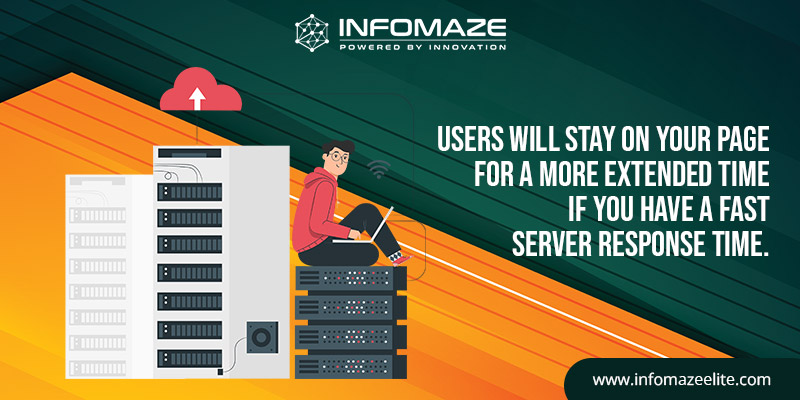
Optimize your database:
- There are several ways to optimize the database to increase website speed and reduce initial server response time. Slow queries are the main reason your server responds to requests sluggishly. Hence it would help if you spent time identifying bottlenecks that are lagging your site.
- Rewrite your queries, use indexes, and change your schema to group objects such as views create, update, delete, and read tables. Reduce the load on your database by using external caches.
Monitor PHP or WordPress usage:
- The more processes a server has to take on, the slower it’ll be and if you’re using a PHP or a WordPress script, make sure PHP’s slow response time isn’t consuming vital resources to undertake unnecessary tasks.
- Ensure your PHP or WordPress is updated to the latest version, as it is directly proportional to the response time. If you cannot do this yourself, you can take help from professionals who carry expertise in this domain. Talk to us for more!
Remove unnecessary code:
- CSS, JavaScript, and external files largely influence how fast the site loads. Compressing and minifying scripts is a popular solution for reducing initial server response time in WordPress without compromising the quantity of the data or performance.
- Minify your script by removing redundant code like unwanted characters, long variables, and comments to improve server response time. You can categorize JS and CSS files as external and internal based on their size and performance.
Why is Infomaze the right choice for all your IT needs?
What differentiates Infomaze from others is that we don’t just deliver business solutions but also transform businesses into API-powered digital platforms. The foundation of our IT capabilities spans way past software development (ERP, CRM, apps), reducing the server response time of websites, server maintenance, security maintenance, IT infrastructure management, and more.
We have hands-on experience helping clients attain noteworthy results on their digital journey with our IT infrastructure services. Our award-winning associates help firms transform digitally with IT infrastructure management, cloud migration, ransomware prevention, penetration testing, automation, and customization and setup of third-party solutions.
Get started today with our top-level managed IT infrastructure services to drive superior growth for your business.
Categories
- AI/ML (6)
- Application Migration (8)
- BI (7)
- Case Study (28)
- CRM (8)
- Dot Net (8)
- Informational Blog (71)
- IT Help Desk (8)
- Mern Stack (1)
- Microsoft 365 (2)
- Mobile Application (9)
- Offshore Development (10)
- Outsourcing Services (1)
- PHP (11)
- PowerBI (7)
- QuickBooks (6)
- ReactJS (4)
- SEO (14)
- SharePoint (3)
- Web Application (10)
- Xero (1)
- Zoho (15)
- Zoho Case Study (38)
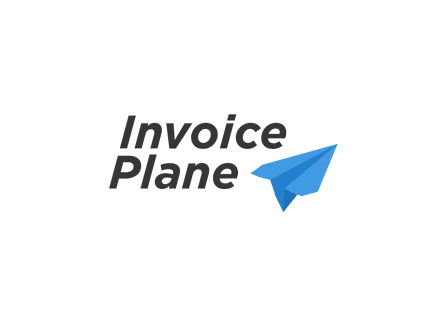
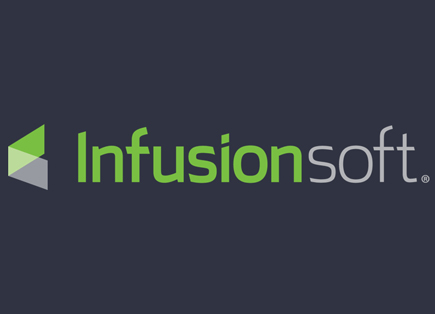


Disclaimer: All rights belong to the owner. No Copyright or Trademark Infringement Intended.

